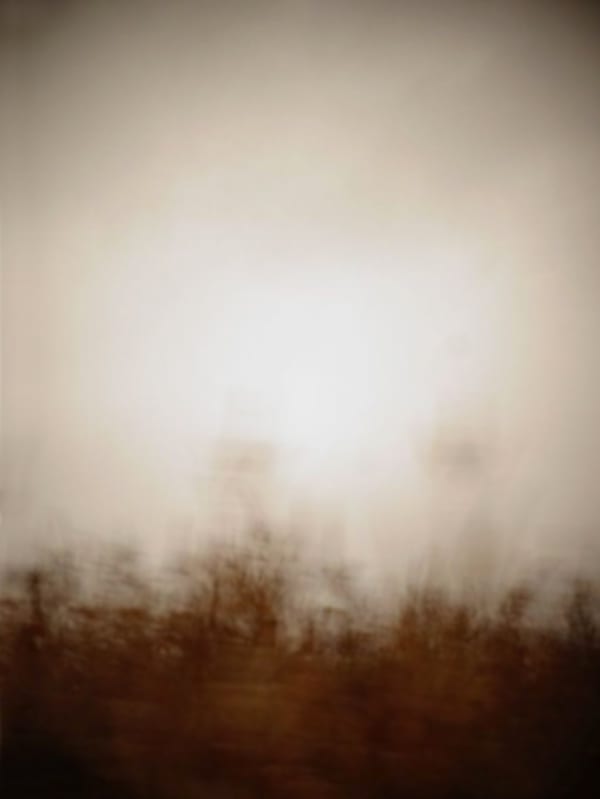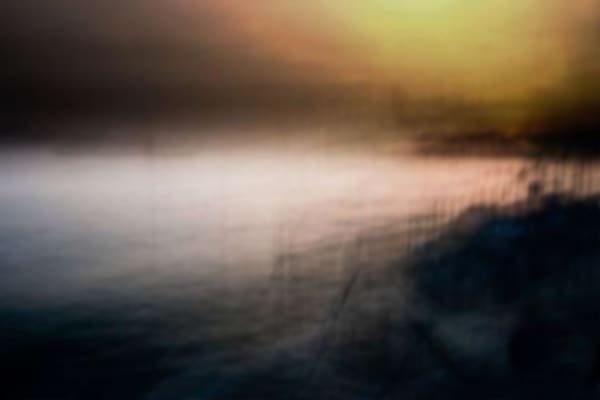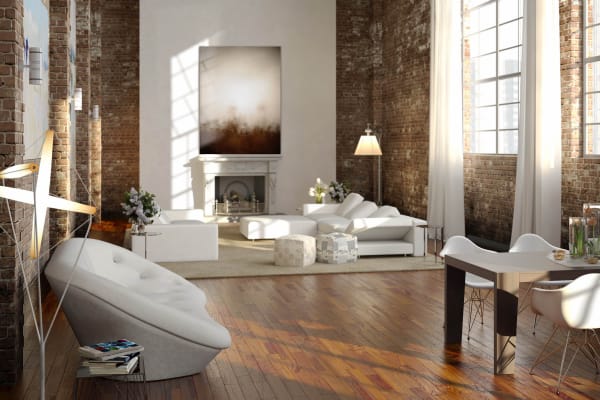AND INTO THE FOREST I GO, TO LOSE MY MIND AND FIND MY SOUL
John Muir
There are places that seem suspended outside of time, where silence is a living presence. In this new collection, Chiara Del Vecchio takes us to the edges of the world, into remote landscapes where the human being observes but does not dominate.
Her paintings do not describe—they evoke. They do not offer spectacular views, but subtle atmospheres: the breath of the earth, the passing of the wind, the silent vibration of nature. Each brushstroke opens a threshold between what we see and what we feel.
In an age of noise and hyperconnection, Del Vecchio chooses silence, slowness, and contemplation. Her nameless landscapes seem to belong elsewhere, yet they speak of something that lives within us. They are an invitation to get lost in order to find ourselves again, to reconnect with an ancestral and sacred dimension.
Nature, in her work, is not a backdrop but a subject—not an object, but a relationship. And in its deep silence, it reminds us of who we truly are.
There are places that seem suspended outside of time. Spaces where silence is not absence, but a living presence. In this new collection of paintings, Chiara Del Vecchio takes us precisely there: to the margins of the world, into remote landscapes where the human being is a spectator, not a protagonist.
Her landscapes are not postcards; they do not offer spectacular views to be captured with a smartphone. They are atmospheres. They evoke the breath of the earth, the rustling of a leaf, the invisible passage of the wind. Each brushstroke seems to trace a fragile boundary between the real and the inner, between what we see and what we feel when we allow ourselves to be permeated by nature.
In an age dominated by noise and hyperconnection, Chiara Del Vecchio chooses the opposite path: silence, slowness, contemplation. Her paintings are an invitation to get lost, to wander through remote territories, but also to rediscover ourselves in the ancestral rhythm of nature. Nothing is shouted, everything is essential. And it is precisely in this essentiality that a primitive, almost sacred strength is revealed.
The landscapes she portrays have no names, no precise coordinates. They could be anywhere—but above all, they could be within us. Del Vecchio’s painting does not describe: it suggests, it leaves space, it opens thresholds. The colors, often soft or blurred, seem to emerge from a deep memory, from a dream resurfacing. There is a subtle nostalgia in these works, but also a promise: the promise of a possible return, of a reconciliation with something we have forgotten.
Nature, in her paintings, is not an object to be admired, but a living being with whom to enter into a relationship. There is no anthropocentrism, no control. Instead, there is a sense of wonder and humility—a gaze that becomes small in order to embrace immensity.
Where noise ends, perhaps, true listening begins. And in that dense, profound silence, Chiara Del Vecchio’s painting reveals that nature is not an elsewhere: it is an essential part of who we are.




